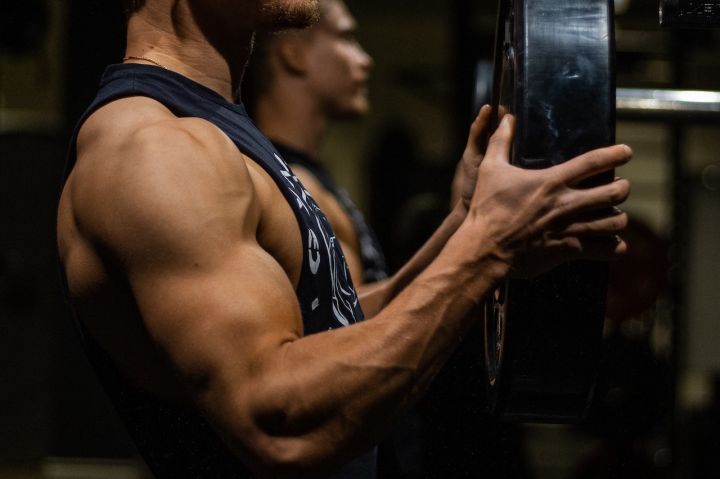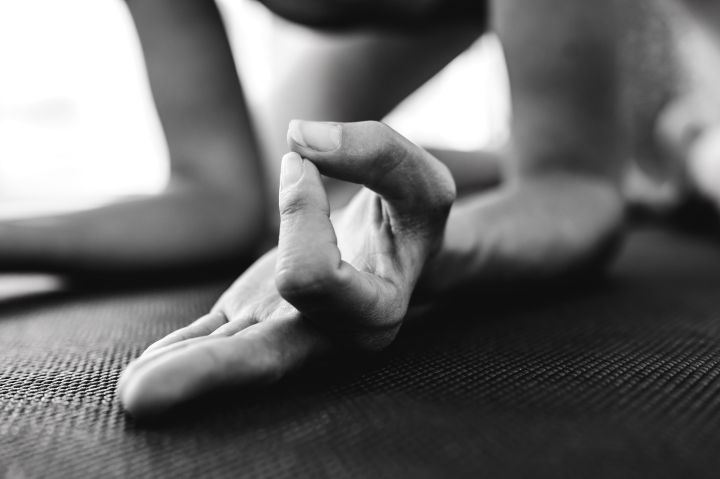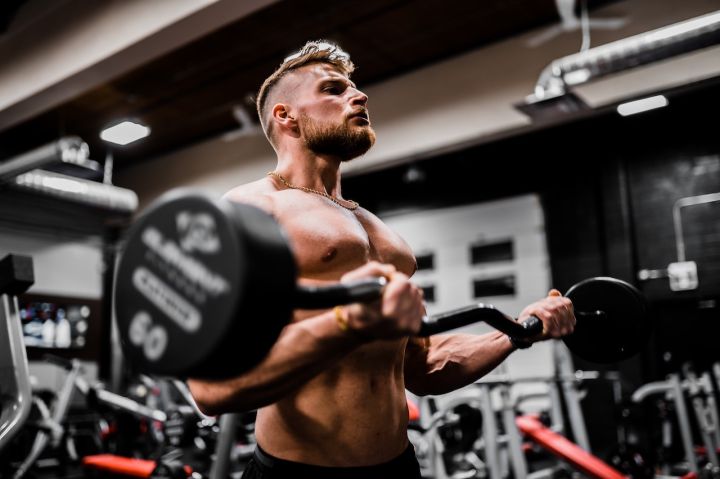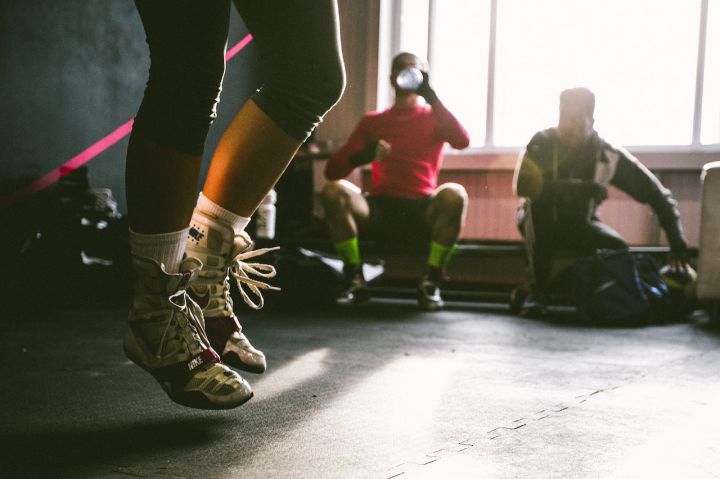many iron lifters struggle with their deltoids. It's not just circumference and strength, but more importantly, injury. The shoulders can be considered the crossroads of our upper body training. Even if they are not brought to the shoulders, the shoulders are playing a stabilising and supporting role, for example when we are working on the back and chest.

In fact, the shoulder plays a stabilising role during deep squats and hard pulls, and can also strain the shoulder (and rotator cuff). Look, all over the body, all the major muscle groups cannot be separated from the shoulders. Therefore, we need to give the shoulder enough training without overtraining it.

like any other muscle, you can't just mechanically complete an isolation workout and expect good results, you have to choose your movements strategically, plan them and execute them.
No single shoulder movement can be said to be perfect, we recommend the following three movements that may not be your first choice but will really help you develop your deltoids.

1. Dumbbell upright row
this is a less common movement and one of my favourites. The guys find it uncomfortable to do the upright row any way with a traditional barbell, but this is actually due to limited wrist flexibility. Whereas the dumbbell removes the restriction on the stroke and allows you to get all the best out of this movement, the upright row is actually a great movement as well.

keep the following points in mind when doing this movement.
1. Raise the dumbbells high - at least to ear level. If you don't make good use of the full range that the dumbbells bring, you will lose stimulation in your middle and posterior fascicles.
2. This is not a front planche - instead of lifting the dumbbell directly in front of you, you should be pulling it up, but also to the sides, pulling the dumbbell in a direction away from your body so that all three of your bundles are recruited (just like the arnold push-up).
3. It is possible to perform this movement with slightly heavier weights - it is possible to borrow a little to complete this movement and it is recommended that you use a booster band if you intend to train with larger weights.

to do an upright row with two dumbbells at the same time, it is recommended that you try unilateral first, with the other hand finding a good support to keep your balance, so that you can find the feeling more easily.
2. Overhead prone dumbbell side planks
this is a variation of the standard incline side plank, but instead of bending forward at the waist, you lie face down on a bench with a smaller incline (e.g. 30 degrees). Prone side planks are easy to borrow, so this movement requires you to keep your body stable, and when you focus on that, you can't focus on training your shoulders.

using an upward sloping bench will allow you to hit your posterior deltoids hard enough and without having to stabilise your body.
The trick here is to allow the obliques to relax. Sinking your shoulders will help the oblique borrowing to occur and you can rely on the posterior deltoid bundle to lift the dumbbells to the sides of your body to the maximum.
It is highly recommended to train this movement with light weights and high reps. There is nothing wrong with high weight side planks either, but it will be found that when trained properly, the results will be better, independent of the weight used. Therefore, until you have mastered your technique, it is better to use lighter dumbbells.

3. Behind-the-neck push-ups
most guys have heard of the behind-the-neck push-up, but very few people practice it. This is probably because some people say it can cause shoulder injuries, so you need to be very careful when doing the behind-the-neck push-up. Many bodybuilders will schedule the behind-the-neck push up as their main shoulder movement and should not abandon this movement without trying it.
As the old cliché goes, safety first, it is ok to use a half-range and only go down a little below head level. In fact, unless you have good shoulder mobility, never lower the load to the height of your trapezius.

this movement, with small to medium weights has a significant stimulating effect on the behind-the-neck push-up.
For stability you can do the posterior neck press sitting down. However, be sure to tighten your core. Practise seated push-ups as some kind of problematic upward incline bench press, they don't tighten their core when doing this movement, don't make this problem.

shoulder plan
this plan is suitable for use after a lighter weight bench press training day.
Training movement number of sets number of reps
behind the neck push-up 4 12
(60% of 1rm per set, 2 minutes rest between sets)
dumbbell upright row 4 12
(no rest between sets - alternate one arm per set until you have completed 4 sets with each arm)
overhead prone side planks 2 20
(90 seconds rest between sets)

shoulders are a very important part of the body shape, fitness old-timers are very important training day, fitness beginners prefer to train chest training arms, but once you ignore the shoulders, over time it is easy to slip shoulders, or hunchback and other cases of "Imbalance" Problem comes.





